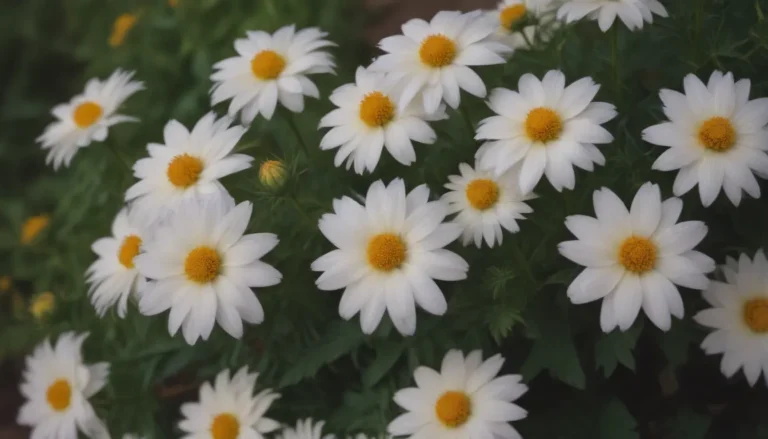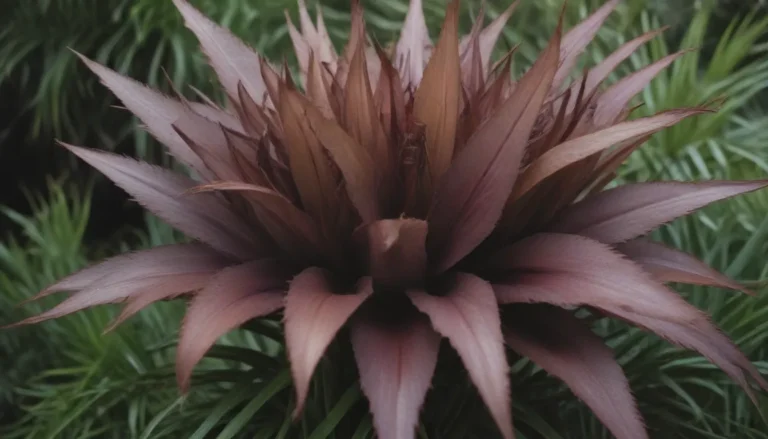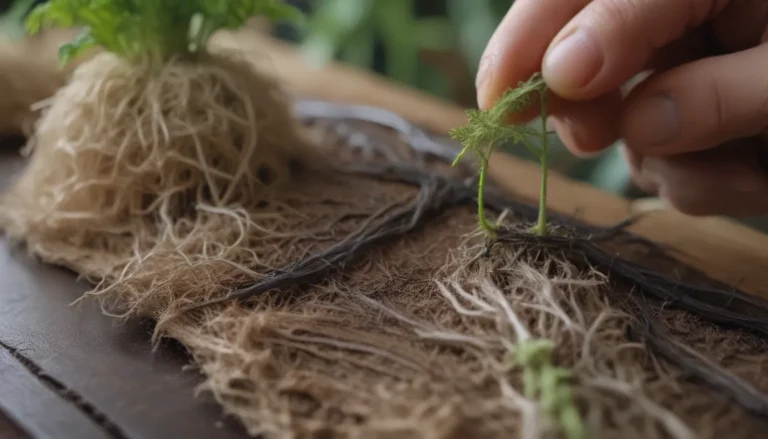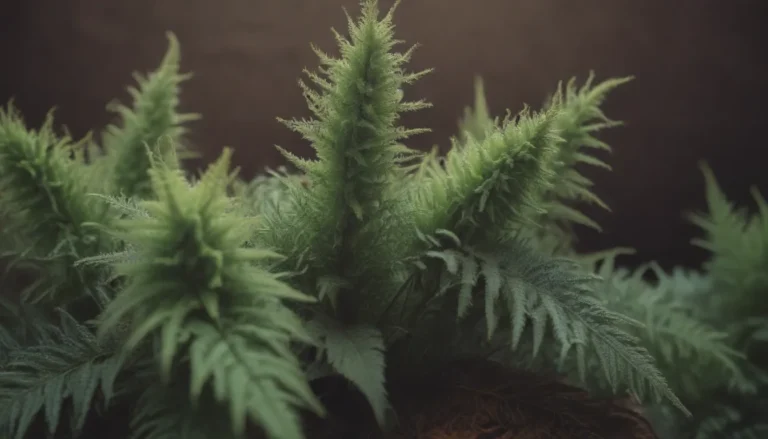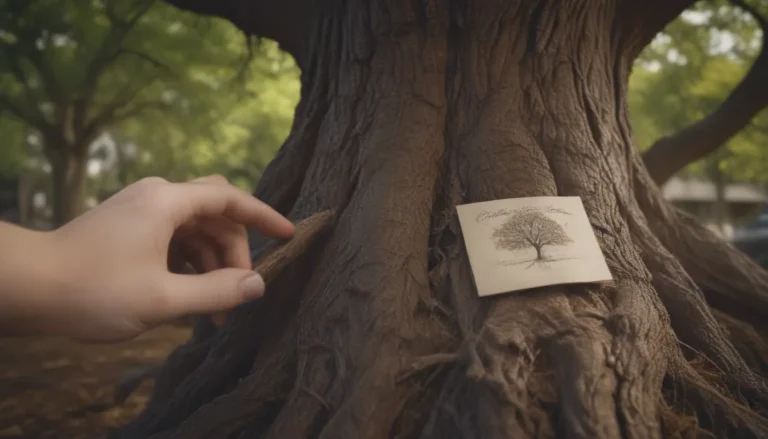Everything You Need to Know About Growing and Caring for Black-Eyed Susan Vine
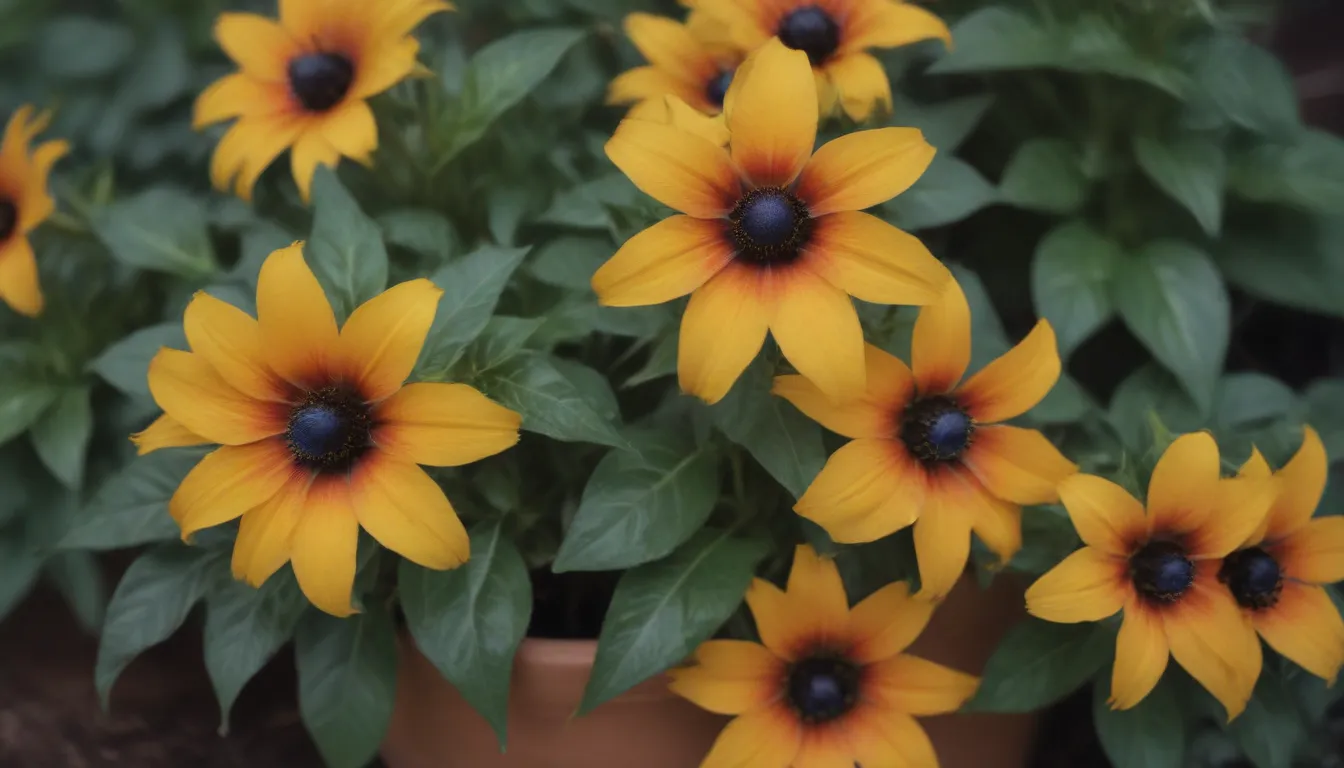
Are you looking to add a burst of color to your garden or outdoor space? Black-eyed Susan vine could be the perfect addition! This tropical perennial, often grown as an annual, features small trumpet-shaped orange to yellow flowers with dark brown-maroon throats that are sure to brighten up any area. In this comprehensive guide, we’ll explore everything you need to know about growing and caring for black-eyed Susan vine to ensure your plants thrive and bloom beautifully.
Black-Eyed Susan Vine Care Tips
Taking care of black-eyed Susan vine is relatively straightforward, but it’s essential to provide the right conditions for optimal growth. Here are some basic care instructions to help you successfully cultivate this vibrant flowering vine:
Light
Black-eyed Susan vines thrive in full sun, requiring at least six hours of direct sunlight each day. However, in hot, dry climates, partial afternoon shade can help protect the plants from excessive heat.
Soil
Ensure your black-eyed Susan vines are planted in well-draining soil that is rich in organic matter and has a neutral pH level (6.6 to 7.7). Prior to planting, work some compost into the soil to provide essential nutrients for healthy growth.
Water
While black-eyed Susan vines dislike sitting in soggy soil, they also don’t tolerate dry conditions. Keep the soil moderately moist by watering consistently. Mulching around the base of the plants can help retain moisture and keep the roots cool.
Temperature and Humidity
In warm regions, black-eyed Susan vine can be a perennial, while in cooler climates, it’s typically grown as an annual. If you live in a colder zone, consider bringing your plants indoors for the winter to protect them from frost. Ensure the soil remains moist to prevent the plants from drying out.
Fertilizer
To support the vigorous growth and blooming of your black-eyed Susan vine, feed them lightly with a complete fertilizer every four to six weeks. Container-grown plants may require more frequent fertilizing to sustain their flowering.
Types of Black-Eyed Susan Vine
When shopping for black-eyed Susan vine, you may come across varieties labeled as orange or yellow. However, if you prefer starting from seeds, there are additional options available, such as:
- ‘Angel Wings’
- ‘African Sunset’
- ‘Spanish Eyes’
- ‘Superstar Orange’
- ‘Susie Mix’
- ‘Bakeri’
- ‘Aurantiaca’
Other Thunbergia species, like ‘T. erecta’ and ‘T. fragrans,’ are also used in landscaping to add diversity to your garden.
Propagation Methods
There are various ways to propagate black-eyed Susan vine, with rooting stem cuttings being one of the most common methods. By following simple steps in the fall, you can ensure your plants continue to thrive and bloom year after year.
Growing Black-Eyed Susan Vine From Seed
While black-eyed Susan vine seeds can be challenging to collect, growing them from seed is a rewarding process. Whether starting indoors or direct-seeding in your garden, you can enjoy watching your plants sprout and flourish with proper care and attention.
Potting and Repotting
Black-eyed Susan vine makes an excellent choice for hanging baskets, window boxes, and mixed containers due to its trailing growth habit. Using a well-draining potting mix, ensure your plants have adequate space to grow and climb, especially when suspending baskets with wires for support.
Overwintering Tips
If you live in a region where black-eyed Susan vine can be grown as a perennial, consider overwintering your plants indoors to protect them from harsh weather conditions. With proper care and maintenance, your vines can continue to thrive year-round.
Dealing With Pests
While black-eyed Susan vine is generally low-maintenance, pests like whiteflies and spider mites can pose a threat, particularly in hot weather or indoor settings. Keep an eye out for signs of infestation and treat promptly with insecticidal soap to prevent damage to your plants.
Encouraging Bloom
Black-eyed Susan vine typically blooms from late spring to fall when provided with adequate sunlight, water, and nutrients. Deadheading is unnecessary to maintain blooms, making it a relatively low-maintenance plant for gardeners.
Common Problems and Solutions
While black-eyed Susan vine is generally easy to grow, some gardeners may experience issues with self-seeding or invasiveness. By taking proactive steps to manage plant growth and remove volunteers, you can prevent potential problems and enjoy a flourishing garden.
In conclusion, black-eyed Susan vine is a beautiful and versatile plant that can add a touch of warmth and color to any outdoor space. By following these care tips and suggestions, you can cultivate healthy, thriving vines that bloom abundantly season after season. Whether you’re a seasoned gardener or a beginner, growing black-eyed Susan vine is a rewarding experience that is sure to enhance your garden landscape.
